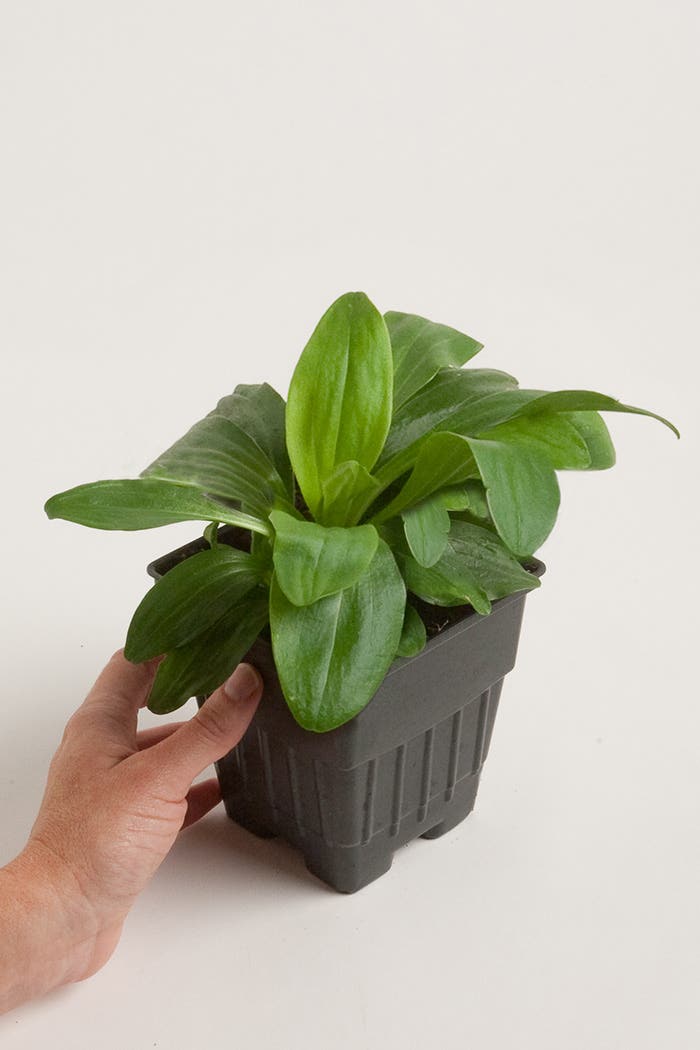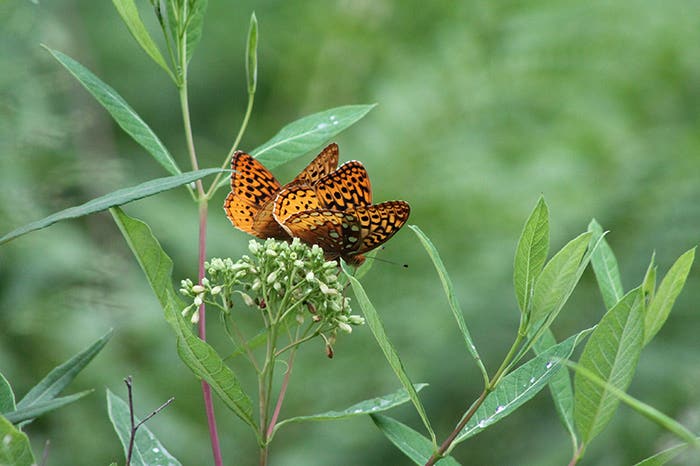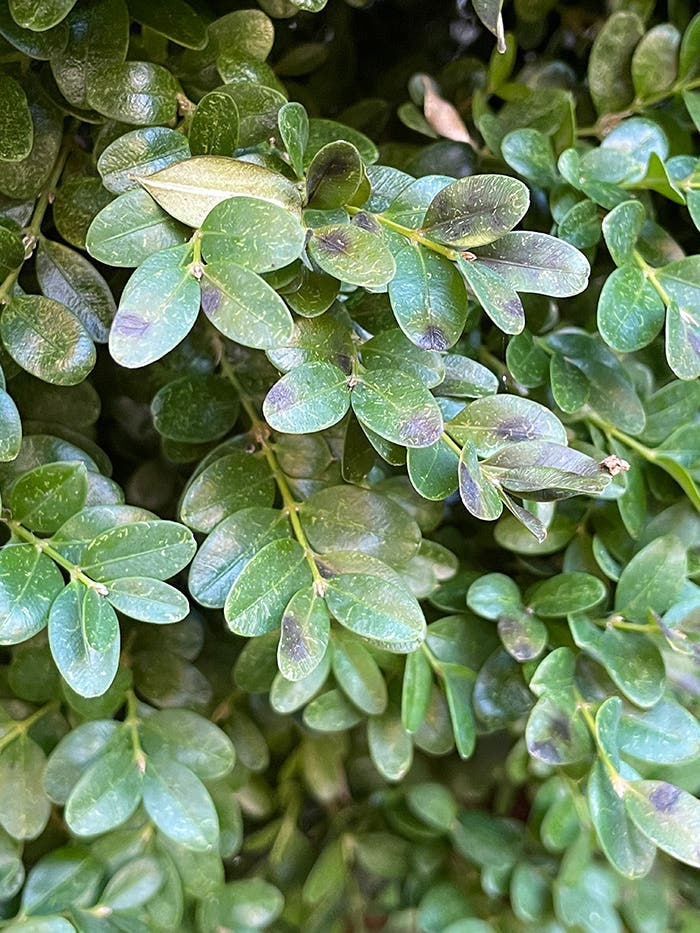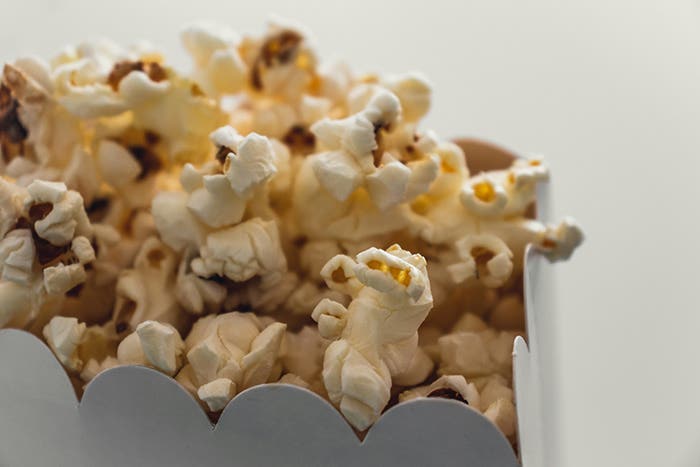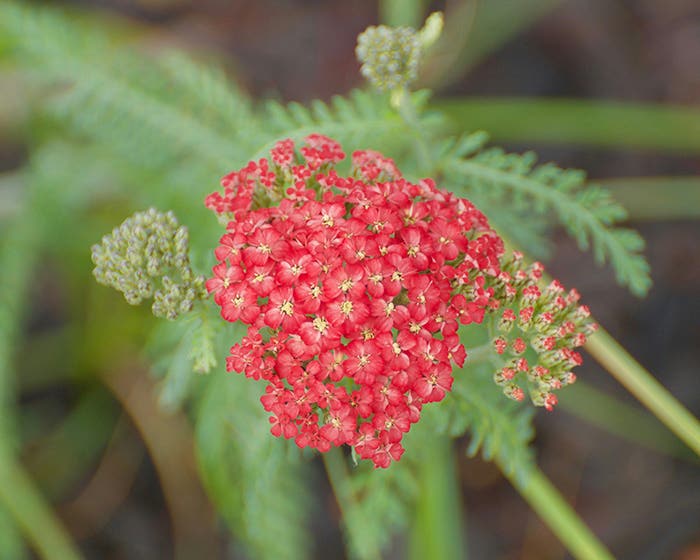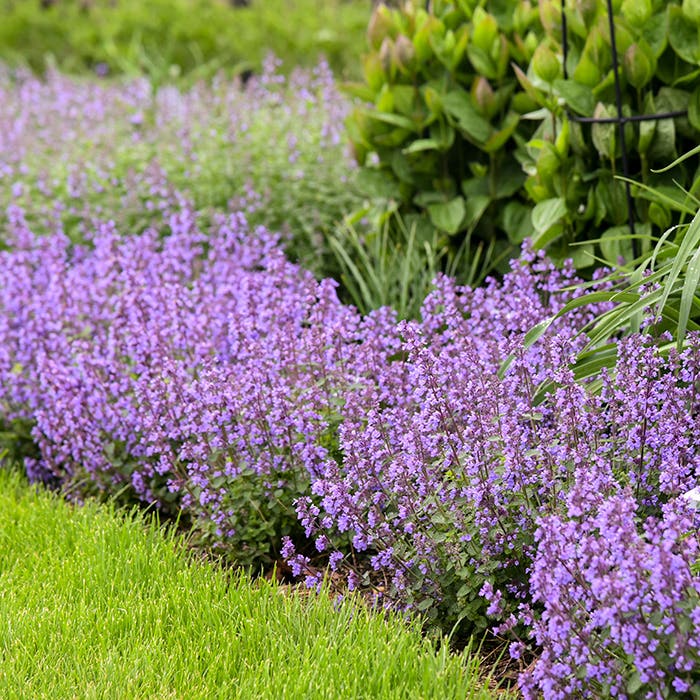I am taking a plant propagation class at the New York Botanical Garden with one of their best instructors and a lifelong plantsman, Michael Ruggiero. It’s a treat to learn from him.
Last month I wrote about selecting seeds from mail-order seed catalogs. In this article I will take you through the process of sowing those seeds indoors, following some of the lessons Mike Ruggiero teaches in his class at the NYBG.
Step One: Use a growing medium that is sterile and fine textured.
What does this mean? Seed-starting mixes available in stores are usually a mix of sphagnum peat moss and other sterile ingredients such as perlite or vermiculite. Sterile mix helps prevent a fungal disease that can kill off seedlings, and it reduces weed development because it contains no foreign seeds. The term “soilless” applies to this mixture because neither peat moss, perlite nor vermiculite are soil. Peat moss comes from sphagnum moss, perlite is a volcanic mineral and vermiculite comes from mica. Peat moss retains moisture for a long time, which makes it a good medium for plant germination. Mike recommends a mix that doesn’t have fertilizers in it, because fertilizer is not needed until after germination, and it runs the risk of burning the seed.
Step Two: Select a Container
Any container that is 2 inches deep with drainage holes will do. Be sure to wash it thoroughly before using. Be aware that peat pots tend to dry more quickly than plastic containers and moisture may escape into the air.
Step Three: Put Growing Medium into Container
First, put your soilless mix in a trough and add hot water. Work it with your hands (wearing lightweight garden gloves) until your mix is uniformly moist but not soaking wet. Mike recommends moistening your mix before sowing seeds so you don’t have to water them afterwards and risk disturbing them. Fill your container to the top with the mix. Tamp it down lightly and uniformly using something flat, such as the bottom of another container.
Step Four: Sow your Seeds
Use a pen to create shallow rows in your container. Gently drop seeds along the row from the seed packet, rather than from your hand. If too many seeds drop in one spot, gently nudge them apart with your pen tip. After seeds are sown, cover them with some of your soilless mix that has not been moistened. Mike showed us how to gently sift the mix through a screen, just covering the seeds and preventing any larger particles from obstructing the seed. Read the seed packet to determine how much to cover the seed. Some seeds need full light to germinate and shouldn’t be covered at all.
Step Five: Germination
The two things seeds need for germination are moisture and warmth. Cover your container with plastic to simulate a warm, moist greenhouse environment. In this way the moisture in the growing medium will probably stay moist under germination without further watering. Put your container somewhere warm, but not in direct sun. The top of a refrigerator is the right temperature, but a radiator is too warm. Check your seeds often so you know when they germinate. Once they do, you need to move to the next step right away.
Step Six: After Germination Occurs
As soon as your seeds germinate the most important thing they need is light. Remove the plastic top from the container and put them in the light. They no longer need a cozy warm environment, and in fact they will become stronger plants if they are in a cooler place at this stage. (Check individual seed requirements, but daytime temps of 65 to 70°F and nighttime temps of 55 to 60°F are adequate on average.) However, if their roots dry out they will die immediately, so be sure to water them, but not too much! Watering from the bottom is a gentler way of watering your seedlings, but do not let your container continue to sit in water once the soil is moist.
At this stage, it is important to fertilize your seedlings because your growing medium is not providing any nutrients. Water weekly with a light solution of liquid plant fertilizer. Mike suggests a solution that is half as strong as what the label recommends.
Seedlings want 16 to 18 hours of light a day. I bought a grow light on a stand from Hydrofarm. It was pretty easy to set up and I placed it on a table in my new greenhouse. I plan to start seeds in a few weeks. After they germinate I will move them to the grow-light station so they get 16 hours of light a day. This yields bushier, healthier plants. The first sign that seedlings are short of light is when they become too spindly, or "leggy." They are just reaching for the light.
If you don’t have grow lights then your seedlings will have to make do with less light. But grow lights are not expensive and can be purchased as a single bulb on a stand with a bendable arm that you can position just above (about 6 inches above) your seedlings. A fluorescent bulb will work also. Grow lights provide light without heat.
Step Seven: Write it Down
One of the first lessons Mike teaches is the importance of keeping records of what we do so we learn what works in our growing environment, which differs from everyone else’s growing environment. Make a chart that has key dates on it, such as sowing, germination, pricking out (putting in individual containers), potting (transplanting to 4-inch pots) and fertilizing. For each kind of seed you plant, fill in the chart as you go. Be sure to include the name of the plant, the seed company and the date on the seed packet. It’s okay to use seeds from previous years, but expect the rate of germination to diminish from year to year, even if you store the seeds properly. Proper storage means putting the seed pack in a sealed plastic bag in the produce drawer of your refrigerator, which should be about 40°F.
Visit your botanical gardens. I’m so grateful to have a resource like the New York Botanical Garden (and Mike Ruggiero) not too far from where I live. Every visit, whether I am taking a class or not, is an educational experience. Many towns have their own botanical gardens. You can learn a lot and get ideas for your own gardens there.
___________________________________________________________________________
Dorian Winslow is the president of Womanswork, and is passionate about making the best products on the market for women who garden and work outdoors.
Horticulture publishes the free weekly e-newsletter, "Smart Gardening Tips," and "The Curious Gardener," a free monthly e-newsletter with more tips and articles by Dorian. Subscribe to our e-newsletters.
Shop for seeds and seed-starting guides at GardenersHub.com.


